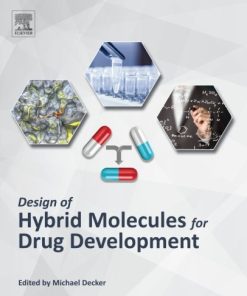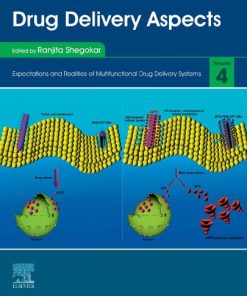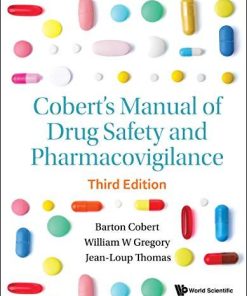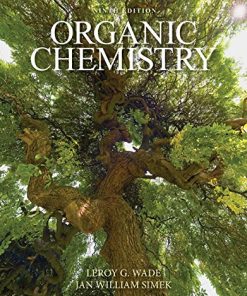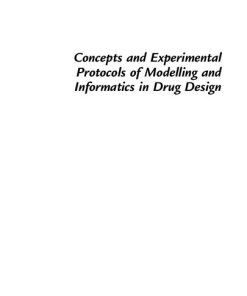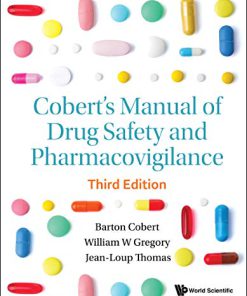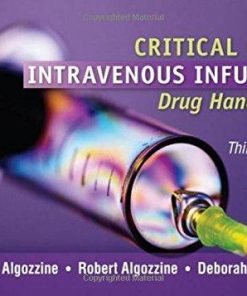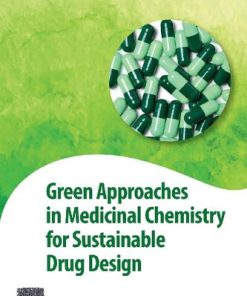The Organic Chemistry of Drug Design and Drug Action 3rd Edition, (Ebook PDF)
$50.00 Original price was: $50.00.$25.00Current price is: $25.00.
The Organic Chemistry of Drug Design and Drug Action 3rd Edition, (Ebook PDF) – Digital Instant Dowload.
The Organic Chemistry of Drug Design and Drug Action 3rd Edition, (Ebook PDF) – Digital Instant Dowload.
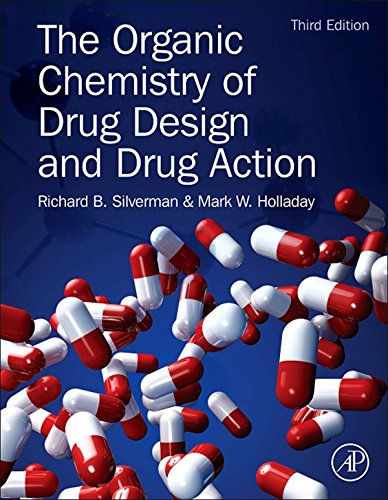
Product details:
- ISBN-10 : 0123820308
- ISBN-13 : 978-0123820303
- Author: Richard B. Silverman Ph.D Organic Chemistry (Author), Mark W. Holladay (Author)
The Organic Chemistry of Drug Design and Drug Action, Third Edition, represents a unique approach to medicinal chemistry based on physical organic chemical principles and reaction mechanisms that rationalize drug action, which allows reader to extrapolate those core principles and mechanisms to many related classes of drug molecules.
This new edition includes updates to all chapters, including new examples and references. It reflects significant changes in the process of drug design over the last decade and preserves the successful approach of the previous editions while including significant changes in format and coverage.
Table contents:
Chapter 1. Introduction
1.1. Overview
1.2. Drugs Discovered without Rational Design
1.3. Overview of Modern Rational Drug Design
1.4. Epilogue
1.5. General References
1.6. Problems (Answers can be found in the Appendix at the end of the book)
Chapter 2. Lead Discovery and Lead Modification
2.1. Lead Discovery
2.2. Lead Modification
2.3. General References
2.4. Problems (Answers Can be Found in the Appendix at the End of the Book)
Chapter 3. Receptors
3.1. Introduction
3.2. Drug–Receptor Interactions
3.3. General References
3.4. Problems (Answers can be Found in the Appendix at the End of the Book)
Chapter 4. Enzymes
4.1. Enzymes as Catalysts
4.2. Mechanisms of Enzyme Catalysis
4.3. Coenzyme Catalysis
4.4. Enzyme Catalysis in Drug Discovery
4.5. General References
4.6. Problems (Answers can be Found in the Appendix at the End of the Book)
Chapter 5. Enzyme Inhibition and Inactivation
5.1. Why Inhibit an Enzyme?
5.2. Reversible Enzyme Inhibitors
5.3. Irreversible Enzyme Inhibitors
5.4. General References
5.5. Problems (Answers can be Found in the Appendix at the End of the Book)
Chapter 6. DNA-Interactive Agents
6.1. Introduction
6.2. DNA Structure and Properties
6.3. Classes of Drugs that Interact with DNA
6.4. General References
6.5. Problems (Answers Can be Found in the Appendix at the End of the Book)
Chapter 7. Drug Resistance and Drug Synergism
7.1. Drug Resistance
7.2. Drug Synergism (Drug Combination)
7.3. General References
7.4. Problems (Answers Can be Found in the Appendix at the End of the Book)
Chapter 8. Drug Metabolism
8.1. Introduction
8.2. Synthesis of Radioactive Compounds
8.3. Analytical Methods in Drug Metabolism
8.4. Pathways for Drug Deactivation and Elimination
8.5. General References
8.6. Problems (Answers can be Found in the Appendix at the End of the Book)
Chapter 9. Prodrugs and Drug Delivery Systems
9.1. Enzyme Activation of Drugs
9.2. Mechanisms of Drug Inactivation
9.3. General References
9.4. Problems (Answers can be Found in the Appendix at the end of the Book)
You may also like…
Business & Economics
Chemistry - Organic Chemistry
Green Approaches in Medicinal Chemistry for Sustainable Drug Design 1st Edition
Uncategorized




